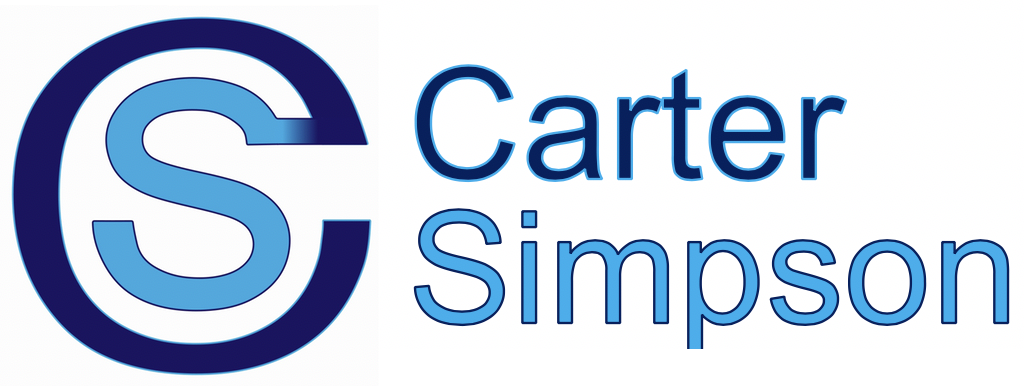Vehicle Damaged in an Accident? Understanding the Role of Collision Coverage
In Nova Scotia, all motorists are required to carry liability insurance, but not collision coverage. Collision coverage for damage to your vehicle is an optional add-on which is critical when it comes to protecting your assets and ensuring financial security.
When your vehicle suffers damage in an accident, who pays to have it repaired? The answer depends on what coverage you have and who is at fault. What if the driver who hit you is uninsured or has left the scene of the accident?
Collision Coverage
Collision insurance is a specific type of coverage in your insurance policy which pays the costs to repair or replace your vehicle if it is damaged by colliding with another vehicle or object. Collision coverage protects your vehicle in the event of an accident, regardless of fault. Your insurer will require you to pay a deductible, which typically ranges from $250 to $1,000. You set the deductible when obtaining your coverage through your broker or insurer, and your premiums are adjusted accordingly.
If the accident is not your fault, and the other driver has mandatory liability insurance, your insurance company will cover the cost of repairs without the need for you to pay a deductible. If the accident is your fault, or if the other (at-fault) driver does not have mandatory liability insurance, you will be required to pay the deductible set out in your policy.
No Collision Coverage
If you do not have Collision coverage, the costs of repairs or replacement of your vehicle are not covered if you are involved in an accident that is your fault. Even if you are not at fault for the accident, if the identity of the other driver is unknown, your repair costs will not be covered if you do not carry Collision coverage.
Section D Coverage
All Nova Scotia car insurance policies include “Section D” coverage. This provision of the policy provides coverage to pay for damages if the at-fault driver is uninsured or unidentified. In the event of a collision with an uninsured driver, you can bring a property damage claim under the Section D policy, and your repairs will be covered but you will be required to pay a deductible.
If you do not have Collision coverage and your vehicle is damaged by an unidentified driver, for example in a hit-and-run accident, your vehicle repairs will not be covered under your insurance policy. Without Collision coverage, you are leaving yourself vulnerable as you will be responsible for paying the costs of your vehicle repairs out of pocket, even when you are not at fault for the accident. Section D coverage may still be available to compensate you for injuries arising from an accident which is not your fault.
Section D coverage only applies to accidents where the other driver is at fault but is uninsured or unidentified. If you are at fault for the accident, then Section D coverage is not available to cover losses arising from your injuries or property damage.
Summary
By ensuring that you have Collision coverage in your auto insurance policy, you can rest assured knowing that your property is safeguarded against hit-and-run accidents.
Remember to consult with your insurance provider or a licensed insurance agent to assess your specific coverage needs and explore options for comprehensive protection.
Stay informed, stay protected!
If you have questions about insurance after you’ve been in car accident, please do not hesitate to contact us. We offer free consultations in accident cases, with no obligation to retain our services moving forward.
Carter Simpson has prepared this document for information only. It is not legal advice. You should consult Carter Simpson about your unique circumstances before acting on this information. Carter Simpson excludes all liability for anything contained in this document and any
